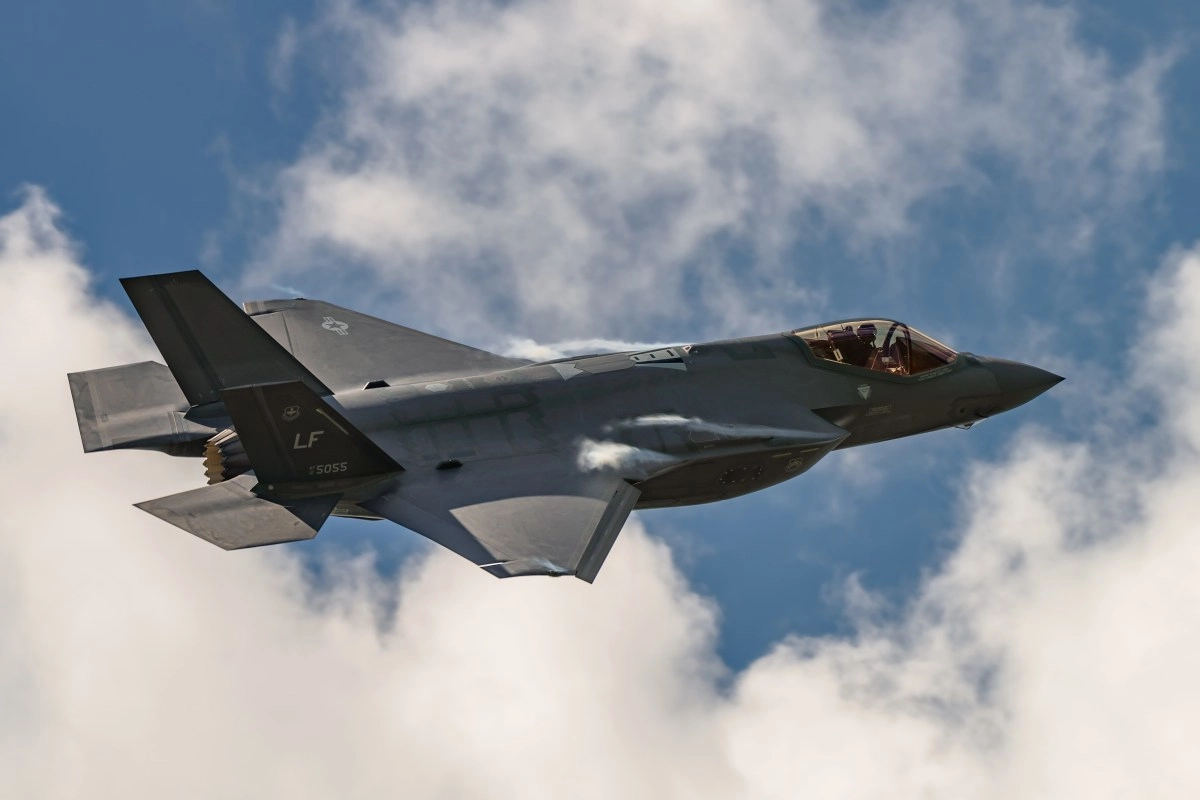China claims to have achieved what was believed impossible: they are capable of detecting the US F-35 without problems.
Until now, one of the F-35 greatest strengths was its ability to overcome enemy defenses without being detected.

In recent days, China has dropped a bombshell that many believed impossible: they claim to be able to identify American F-35 fighters, those stealth jets that until now were practically "invisible" to radar. According to official Chinese media, the People's Liberation Army Air Force detected one of these jets and escorted it with a pair of its own J?20 fifth-generation fighters. If confirmed, this would be a major blow to the myth of technological invisibility surrounding the F?35s.
Behind the announcement is the unveiling of the JY?27V radar, a long-range technology that, according to state-owned manufacturer CETC, is capable of "seeing" the F?35s and F?22s thanks to its combination of VHF, wide aperture, and artificial intelligence algorithms. In parallel, it is reported that the J?20s are no longer simple technological showcases, but are actively patrolling the East China Sea, functioning as interceptors against any stealth aircraft that enters their surveillance zone.
What has made the most noise in the Chinese press is a specific event: an F?35 has reportedly been detected entering China's air identification zone (ADIZ). In response, air traffic controllers ordered the J-20s to immediately launch, intercepting and escorting the aircraft until it flew away. This episode is presented as proof that China can now track and react to stealth fighters in real time.
The Power of the J-20: Beyond Appearances
The Chengdu J-20, also known as the “Mighty Dragon,” has been in service for several years, but it has never before been assigned a role as strategic as intercepting stealth jets from other powers. According to state media, its anti-stealth effectiveness is based on three key elements.
First, a huge leap in the detection range of the J-20 itself. Thanks to the use of silicon carbide (SiC) semiconductors, developed in Chinese laboratories, its AESA radars can detect targets at more than 1,000 kilometers. It’s a marked improvement over previous generations of fighter jets.
Second, a network of ground- and air-based radars operating in meter band, like the aforementioned JY-27V, capable of covering large areas and detecting stealth aircraft from multiple angles.
Third, the rapid response capability: as soon as the radar detected an F-35, the J-20s immediately took off to intercept it. This immediate reaction reinforces the idea of a highly coordinated and automated air defense system, operating on constant alert.
The Chinese narrative insists that this is no longer just about deterrence, but a real ability to control its airspace even in the face of aircraft designed to evade detection.
And the F-35s? How real is what they say?
Now, this all sounds impressive, but the skeptics have not been long in coming. Many experts point out that detecting an F?35 is not the same as neutralizing it. Chinese radars may be able to locate it, but keeping it under precise surveillance or blocking its offensive maneuvers is a whole other level of complexity. There is also speculation that China may be using long-range thermal sensors and infrared systems to complement its radar network. Some reports even mention the use of thermal-sensing spy balloons or platforms in the stratosphere linked to the BeiDou system to track the heat emitted by the F?35's engines. As for the J?20 itself, while it is credited with an advanced design and stealth profile, there are questions about its actual performance. Some sources claim that its nozzles and rear end are vulnerable to radar, and that its build quality is still not on par with its Western rivals. Furthermore, the F?35 has been designed as a smart air battle platform, with a network of sensors and satellites that makes it a flying command unit, while Chinese doctrine remains more centralized and less flexible to unexpected situations.
One big question remains: was there really a direct interception or was it simply a coincidence of air trajectories? Talking about “escort” can have multiple meanings, from a deterrent gesture to a simple close patrol.
What is clear is that, if what China claims is true, the era of absolute invisibility in the air could be coming to an end. And that changes everything.
China says it has broken the stealth of the F?35s. In the absence of independent confirmation, the message is clear: its radars, fighters, and sensors are ready to detect even the most difficult-to-see enemy. Air dominance is at stake, and what seemed impossible is now a real possibility.
This news has been tken from authentic news syndicates and agencies and only the wordings has been changed keeping the menaing intact. We have not done personal research yet and do not guarantee the complete genuinity and request you to verify from other sources too.











